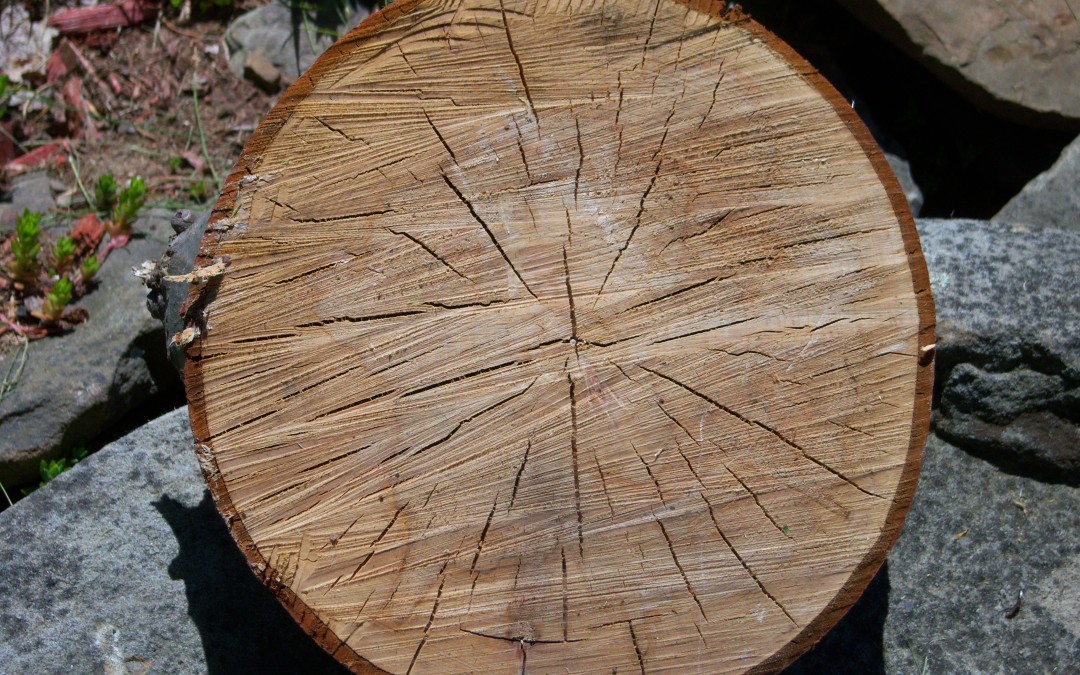The use of oak is an often misunderstood topic in winemaking. Simply put, there is no correlation between quality and oak.
In wine production the ending process is divided into two stages: fermentation, the time the grape juice is turning into wine, and maturation, the time following fermentation when the wine settles down and loosens up its rough edges. Depending on various factors, maturation can take five months to five years.
Those rows and rows of slumbering oak barrels you see in a winery are an expensive and diverse part of winemaking. A single oak barrel can cost as much as $1,000 and the barrels are often used for just three years. Barrels vary by size.
Newer barrels tend to impart more flavor and tannins and the use of toasting, charring the inside of the barrel, also influences the oak characteristic of a wine. The toasting process can have a major influence on the wine’s time in the barrel. Some winemakers prefer heavy toasting, while others may have a gentle toast with very little influence.
Another difference in oak is the type used. Generally it is either American or French. French oak tends to impart a savory taste, while the typical American oak is sweeter with more of a vanilla flavor.
Why use oak? The short answer is for the flavor and aroma it gives the finished wine. But the use of oak serves another purpose, too. It allows a slow infusion of oxygen into the wine. The oak acts as a catalyst for chemical changes a wine undergoes in the maturation process.
There are other much less expensive methods a winemaker could use to achieve some sense of oak influence. They include the use of oak staves that are dipped into stainless-steel vats of wine, the use of oak chips and even adding liquid essence of oak (very few would admit to the last method being used).
Another issue that is often misunderstood is barrel-fermented versus barrel-aged. A barrel-fermented wine is unfermented juice going into barrels and then becoming wine. Barrel-aged usually means a wine was already fermented (generally in stainless-steel vats) and was put in barrels for aging or maturation. Barrel fermenting is a very messy process.
This explains why most red wines, which get their color and tannins from fermenting with the grapes’ skins, are usually barrel-aged after being fermented in stainless-steel vats.
So how does the use of oak influence the end result? Generally white wines will have buttery, toasty, spicy tastes with a rich character. Reds will have a defining tannin structure with sometimes smoky, peppery, vanilla or spice taste.
